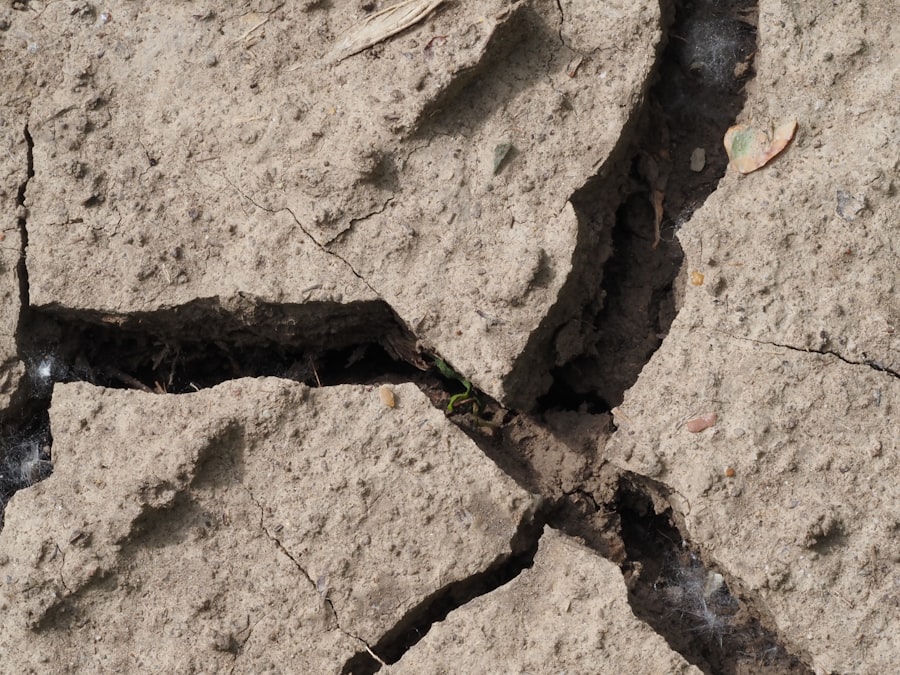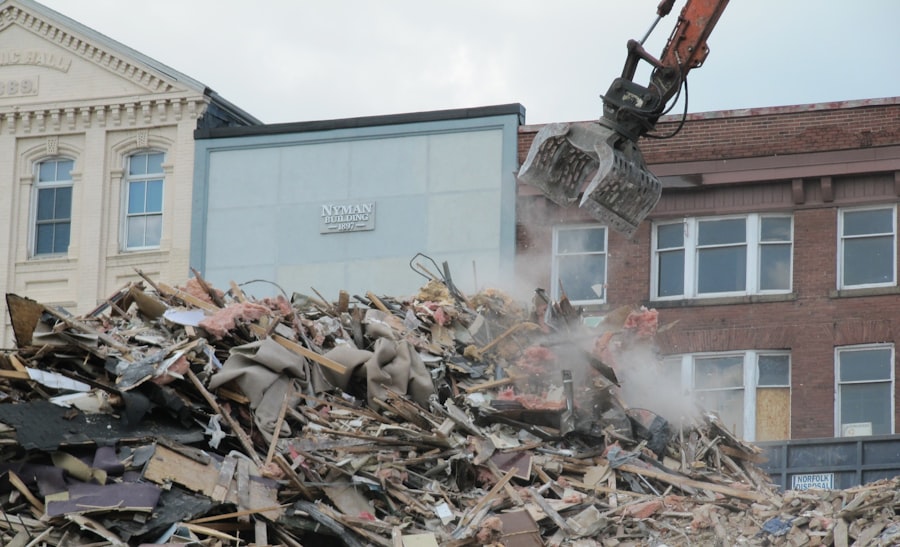The Drake Passage, a body of water located between the southern tip of South America and Antarctica, is known for its tumultuous seas and unpredictable weather. However, it is also a region of significant geological activity, particularly when it comes to earthquakes. The tectonic plates that converge in this area create a dynamic environment where seismic events can occur with little warning.
The earthquakes in the Drake Passage are not only a natural phenomenon but also a subject of scientific interest due to their potential implications for both marine ecosystems and human activities in the region. Recent seismic events in the Drake Passage have raised concerns among scientists and policymakers alike. The unique geological features of this area, combined with its proximity to populated regions, make it essential to monitor and understand these earthquakes.
The potential for tsunamis and other secondary effects adds another layer of complexity to the situation. As such, the study of earthquakes in the Drake Passage is crucial for ensuring the safety of both human and wildlife populations that inhabit or traverse this challenging maritime environment.
Key Takeaways
- The Drake Passage Earthquake is a significant geological event that has the potential to impact the surrounding region.
- USGS plays a crucial role in monitoring earthquake activity in the Drake Passage, providing real-time data and early warning systems.
- Understanding the geology of the Drake Passage is essential for predicting and mitigating the impact of earthquakes in the region.
- USGS collaborates with international agencies to enhance earthquake monitoring and response efforts worldwide.
- Public safety and education initiatives are important for preparing communities for potential tsunami threats in the Drake Passage.
USGS Monitoring of Earthquake Activity in Drake Passage
The United States Geological Survey (USGS) plays a pivotal role in monitoring earthquake activity in the Drake Passage. Utilizing a network of seismographs and advanced technology, the USGS is able to detect seismic events in real-time, providing valuable data that can inform both scientific research and public safety measures. This monitoring system is crucial, as it allows for the immediate assessment of earthquake magnitude, depth, and potential impact on surrounding areas.
In addition to real-time monitoring, the USGS conducts extensive research on historical earthquake patterns in the Drake Passage. By analyzing past seismic events, scientists can identify trends and make predictions about future activity. This information is vital for understanding the geological processes at play in the region and for developing effective response strategies.
The USGS’s commitment to transparency ensures that this data is accessible to researchers, policymakers, and the general public, fostering a collaborative approach to earthquake preparedness.
Understanding the Geology of Drake Passage

The geology of the Drake Passage is characterized by complex tectonic interactions between the South American and Scotia plates. This convergence creates a highly active seismic zone where earthquakes are frequent. The region’s unique geological features, including underwater ridges and fault lines, contribute to its seismicity.
Understanding these geological processes is essential for predicting earthquake activity and assessing potential risks. Moreover, the Drake Passage serves as a natural laboratory for studying plate tectonics and their effects on marine ecosystems. The interplay between tectonic activity and ocean currents can influence nutrient distribution and marine life in the area.
Researchers are increasingly focused on how these geological processes impact not only seismic activity but also the broader ecological health of the region. By studying the geology of the Drake Passage, scientists can gain insights into both earthquake dynamics and environmental changes.
The Role of USGS in Monitoring Earthquakes Worldwide
| Metrics | Details |
|---|---|
| Number of Earthquakes Monitored | Thousands of earthquakes worldwide |
| Monitoring Tools | Seismographs, Global Seismic Network, ShakeMap, etc. |
| Real-time Data | Provides real-time earthquake data and information |
| Research and Analysis | Conducts research and analysis on earthquake patterns and trends |
| Collaboration | Collaborates with international organizations for global earthquake monitoring |
The USGS is not only focused on the Drake Passage; it plays a critical role in monitoring earthquakes globally. With a comprehensive network of seismometers and satellite technology, the agency tracks seismic activity across continents and oceans. This global perspective allows for a better understanding of how earthquakes interact with one another and how they can affect different regions.
Their research informs building codes, emergency response plans, and public education initiatives aimed at reducing earthquake risk. By sharing data with international partners, the USGS contributes to a collaborative effort to enhance global earthquake resilience.
This commitment to worldwide monitoring underscores the agency’s dedication to safeguarding communities from seismic hazards.
Response and Preparedness for Potential Tsunami Threats
One of the most significant concerns associated with earthquakes in the Drake Passage is the potential for tsunamis. The underwater topography and seismic activity can generate powerful waves that pose a threat to coastal communities and marine vessels alike. In response to this risk, various agencies, including the USGS, have developed comprehensive tsunami warning systems designed to provide timely alerts in the event of an earthquake.
Preparedness efforts include public education campaigns that inform residents and visitors about tsunami risks and evacuation procedures. These initiatives aim to empower individuals with knowledge about how to respond effectively in case of an emergency. Additionally, regular drills and simulations help ensure that communities are ready to act swiftly should a tsunami warning be issued.
By prioritizing response strategies, agencies work to mitigate the impact of potential tsunami threats stemming from seismic activity in the Drake Passage.
Collaborative Efforts with International Agencies

The challenges posed by earthquakes in the Drake Passage extend beyond national borders, necessitating collaboration among international agencies. The USGS works closely with organizations such as the National Oceanic and Atmospheric Administration (NOAA) and various global seismic networks to share data and enhance monitoring capabilities. This collaboration fosters a comprehensive understanding of seismic risks and promotes coordinated response efforts.
International partnerships also facilitate research initiatives aimed at improving earthquake prediction models and tsunami forecasting systems. By pooling resources and expertise, these agencies can develop more effective strategies for mitigating risks associated with seismic activity. The collaborative nature of these efforts underscores the importance of global cooperation in addressing natural hazards that affect multiple nations.
Impact on Wildlife and Ecosystems in the Region
The seismic activity in the Drake Passage has far-reaching implications for wildlife and ecosystems in the region.
Changes in underwater topography caused by seismic events can alter ocean currents, which in turn impacts nutrient distribution and food availability for marine life.
Additionally, the potential for tsunamis poses a direct threat to coastal ecosystems. These powerful waves can inundate habitats, leading to loss of biodiversity and disruption of ecological balance. Researchers are increasingly focused on understanding how these geological events influence marine ecosystems over time.
By studying the interplay between seismic activity and wildlife health, scientists aim to develop strategies for conservation and resilience in the face of natural disasters.
Public Safety and Education Initiatives
Public safety is a paramount concern when it comes to earthquake preparedness in regions like the Drake Passage. Various initiatives have been launched to educate communities about earthquake risks and safety measures. These programs often include workshops, informational materials, and community drills designed to ensure that residents are well-informed about how to respond during an earthquake or tsunami event.
Education initiatives also extend to schools, where students learn about geology, tectonics, and emergency preparedness from an early age. By instilling knowledge about natural hazards in young people, communities can foster a culture of preparedness that extends into adulthood. The emphasis on public safety education reflects a proactive approach to mitigating risks associated with earthquakes in the Drake Passage.
The Importance of Real-time Data and Early Warning Systems
Real-time data is crucial for effective earthquake monitoring and response efforts. The USGS employs advanced technology to collect seismic data instantaneously, allowing for rapid analysis and dissemination of information regarding earthquake events. This capability is particularly important in regions like the Drake Passage, where timely alerts can mean the difference between safety and disaster.
Early warning systems play a vital role in enhancing public safety by providing alerts before shaking occurs. These systems utilize data from seismographs to predict ground motion based on real-time measurements. By alerting communities seconds before an earthquake strikes, individuals have a brief window of time to take protective actions, such as seeking shelter or evacuating vulnerable areas.
The integration of real-time data into early warning systems exemplifies how technology can be harnessed to improve disaster preparedness.
Future Research and Monitoring Efforts in Drake Passage
As seismic activity continues to pose challenges in the Drake Passage, ongoing research and monitoring efforts remain essential. Scientists are exploring innovative technologies that could enhance earthquake detection capabilities further. For instance, advancements in satellite-based remote sensing may provide new insights into tectonic movements and their potential impacts on marine ecosystems.
Moreover, interdisciplinary research initiatives are gaining traction as scientists recognize the interconnectedness of geological processes and environmental health. By collaborating across fields such as geology, oceanography, and ecology, researchers aim to develop comprehensive models that account for both seismic activity and its ecological consequences. These future research endeavors will be instrumental in shaping effective strategies for monitoring and mitigating risks associated with earthquakes in this dynamic region.
USGS Efforts in Mitigating the Impact of Earthquakes in Drake Passage
The efforts of the USGS in monitoring earthquakes in the Drake Passage are vital for understanding this geologically active region’s complexities. Through real-time data collection, collaborative international partnerships, and public education initiatives, the agency works tirelessly to mitigate risks associated with seismic activity. As research continues to evolve, so too will strategies for preparedness and response.
In conclusion, while earthquakes present significant challenges in the Drake Passage, proactive measures taken by organizations like the USGS contribute to enhancing safety for both human populations and marine ecosystems alike. The ongoing commitment to research, monitoring, and public education underscores the importance of being prepared for natural disasters in this unique maritime environment.
In recent times, the Drake Passage has been a focal point for seismic activity, drawing attention from geologists and researchers worldwide. The USGS has been actively monitoring this region due to its unique geological features and the potential implications of its seismic events. For those interested in exploring more about the geological intricacies and the impact of such earthquakes, a related article can be found on MyGeoQuest. This article delves into the dynamics of tectonic movements in the Drake Passage and offers insights into the latest research findings. You can read more about it by visiting this link.
WATCH NOW! Drake Passage: Earth’s Deadliest Waters Revealed
FAQs
What is the Drake Passage Earthquake?
The Drake Passage Earthquake refers to a seismic event that occurred in the Drake Passage, a body of water between South America’s Cape Horn and the South Shetland Islands of Antarctica.
When did the Drake Passage Earthquake occur?
The specific date of the Drake Passage Earthquake can vary depending on the article’s publication date. It is important to refer to the most recent and reliable sources for the latest information on the timing of the earthquake.
What was the magnitude of the Drake Passage Earthquake?
The magnitude of the Drake Passage Earthquake can vary depending on the source and the specific event being referenced. It is important to refer to the most recent and reliable sources for the latest information on the magnitude of the earthquake.
Was there a tsunami associated with the Drake Passage Earthquake?
There is no specific information available about a tsunami being associated with the Drake Passage Earthquake. It is important to refer to the most recent and reliable sources for the latest information on any potential tsunami activity related to the earthquake.
What is the USGS’s role in monitoring the Drake Passage Earthquake?
The United States Geological Survey (USGS) plays a key role in monitoring seismic activity around the world, including the Drake Passage region. The USGS provides valuable data and analysis to help understand and respond to earthquakes and their potential impacts.
Are there any potential impacts of the Drake Passage Earthquake?
The potential impacts of the Drake Passage Earthquake can vary depending on factors such as its magnitude, depth, and proximity to populated areas. It is important to refer to the most recent and reliable sources for the latest information on any potential impacts of the earthquake.
